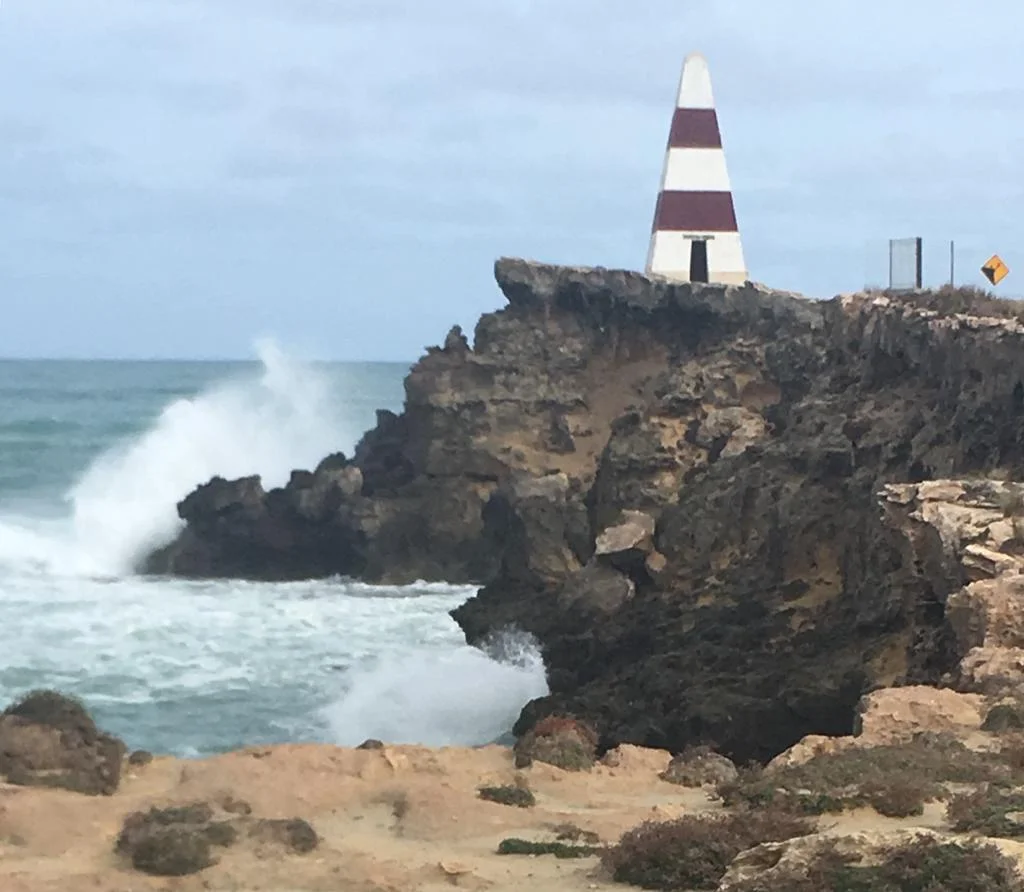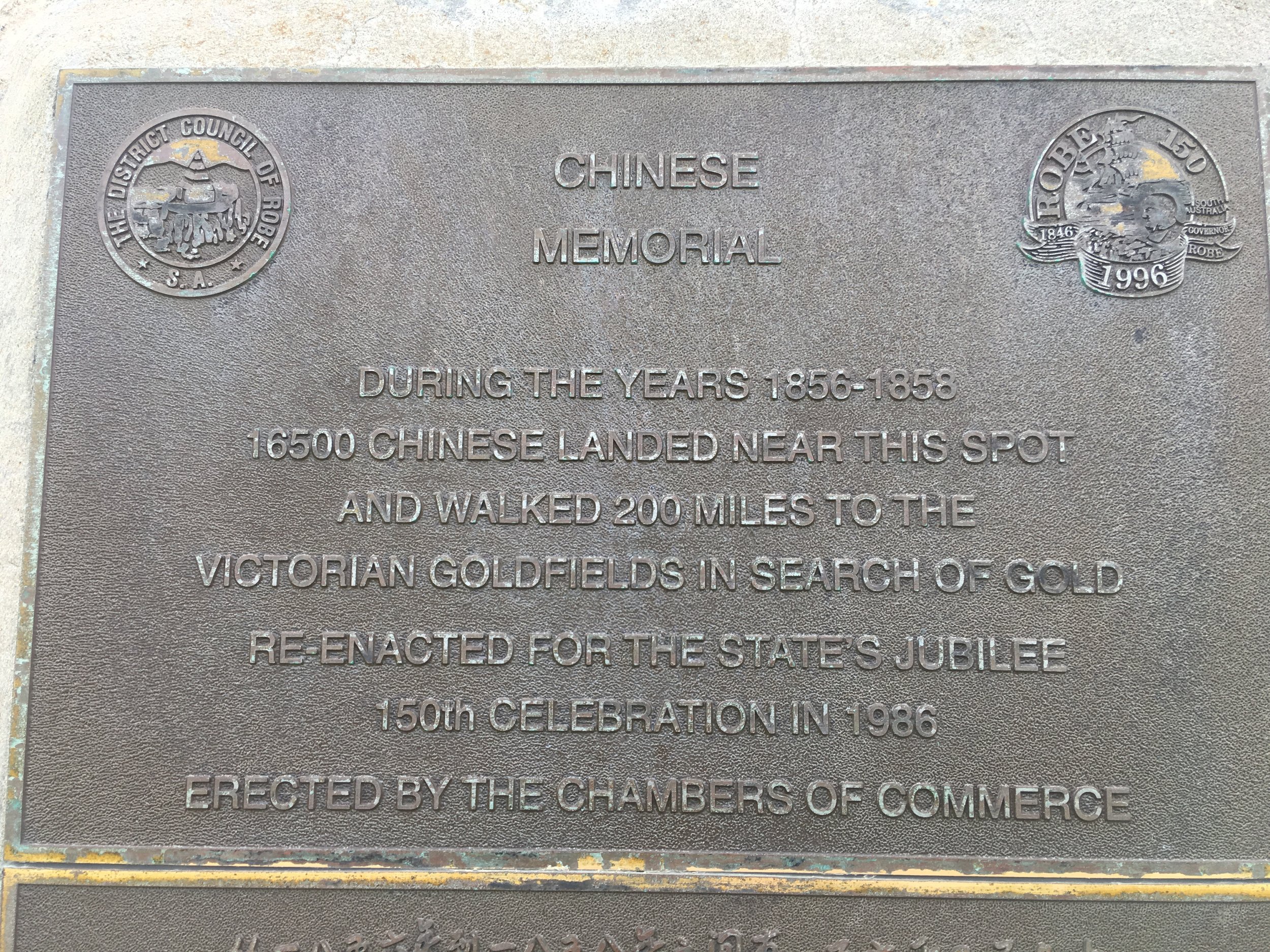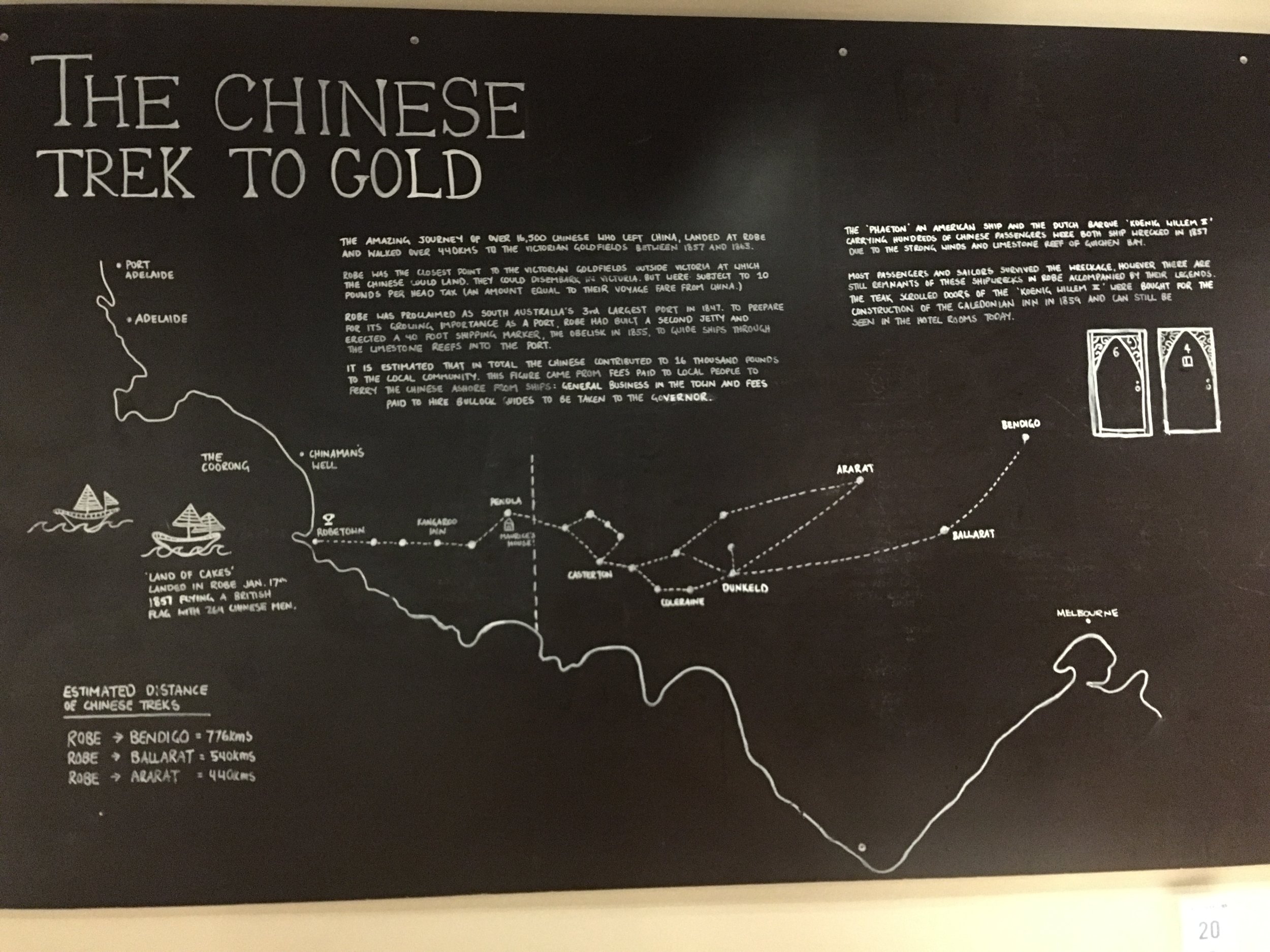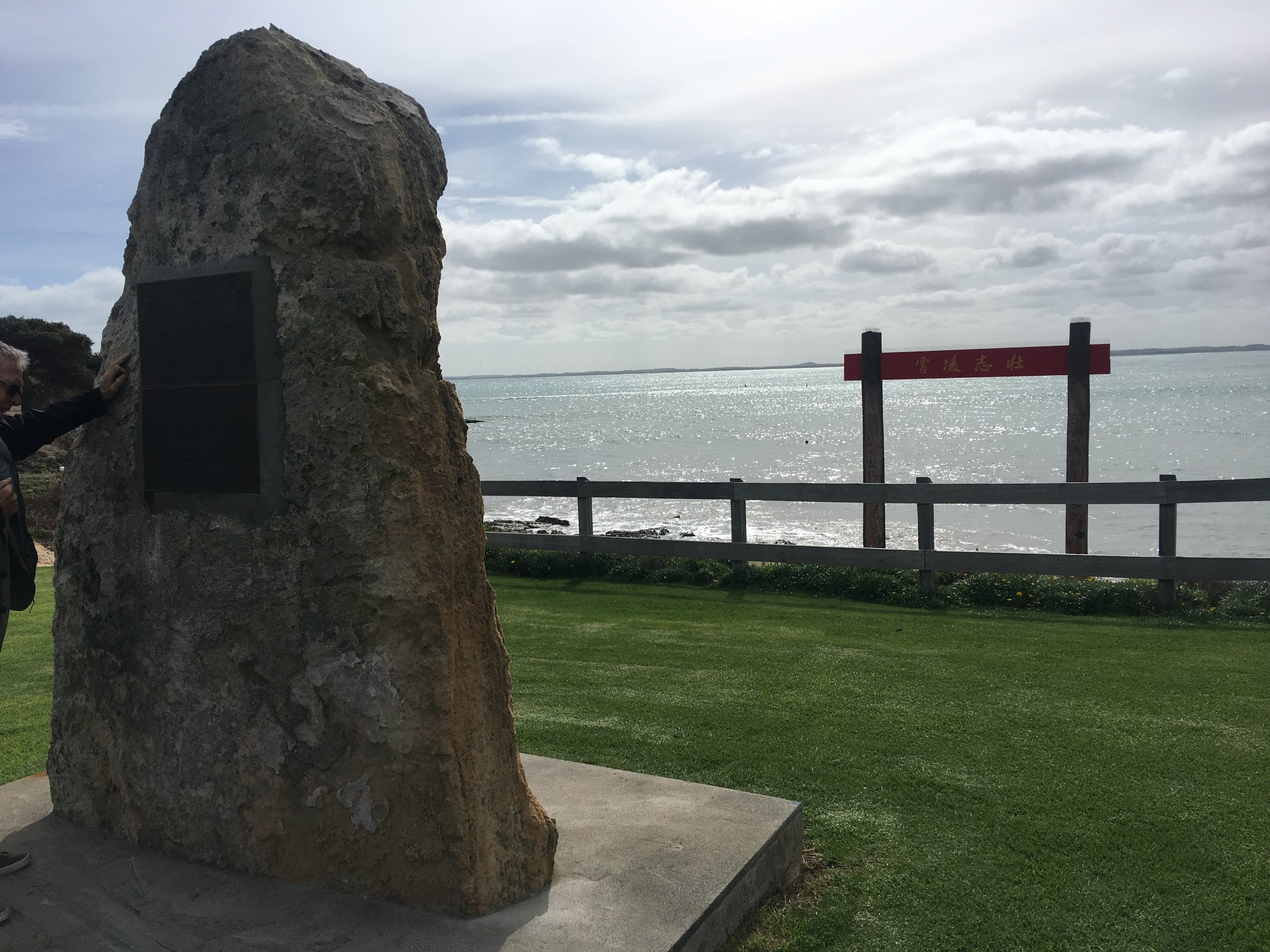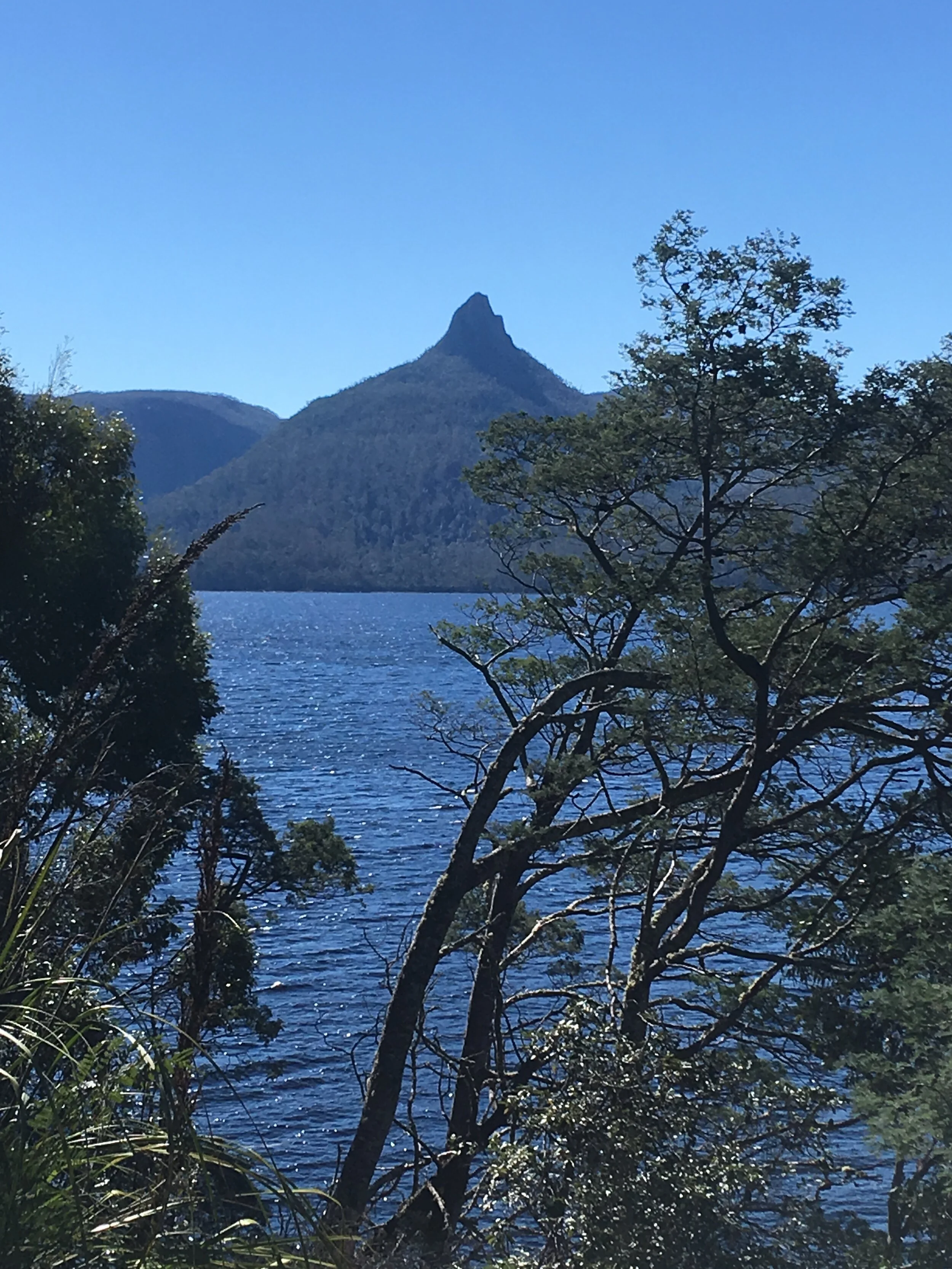We stayed a couple of nights in an out of town campsite where we could leave Landy and reach the city of Melbourne by bus.
Whilst Jim went for a second dose of Melbourne, I decided to hang around Crystal Brook Campsite and potter. That meant doing the laundry, applying some mastic to a spot on Landy’s roof and generally chilling.
Out of the blue an elderly Australian guy wandered over and asked how we had managed to get our car into Australia and they always ask how come it is lefthand drive. My question to him was where do you come from and what do you do. The answer was a surprise!
He said he was a gold prospector. I replied that I thought that this had stopped many years ago.
How wrong could I be? He peered at the stream running behind me and said, if you had the right kind of metal detector you’d find gold right behind you.
He told me that after retiring, he decided to upgrade his hobby and buy a 20 acre plot and buildings in the gold mining part of Western Australia, in Kalgoorlie. He described his set up.
He had a wooden hut to live in and a series of out buildings, all off grid. He had a bore hole for water, and photovoltaic cells for electricity and a wood burning stove for the colder months.
In his workshops he had a museum where he displayed artefacts he had picked up with his metal detector including old prospectors’ tools and even arrow heads.
Another part of the space he used for sifting, cleaning and preparing the gold he had found. He said he had several deep shaft mines on his property which had been used by previous generations of prospectors, but he found his treasure trove at ground level using a metal detector. I asked why he did this, thinking that it was a rather weird hobby. However, he explained that it was actually quite lucrative and it brought him an enhanced lifestyle in retirement.
He worked all year round and some years he found only a couple of ounces of gold, but some years he found up to 20 ounces of gold on his property, which at 1,800 A$ an ounce, was enough to buy a new Ute! He commented that what you get out is what you put in.
Whilst most of the gold found comprised of tiny specks, or grains the size of rice, occasionally he would find substantial nuggets. He showed me photographs of a handful of gold nuggets he had dug out of the ground on his property. (Similar to rhe one above - he had no smart phone so could not send them to me).
He said one year he found a beautiful nugget the shape of a heart. He was going to keep it until a friend asked if he could buy it as a gift for a special grandchild. He relented and he said it had looked amazing once mounted.
The early prospectors who had come in their thousands to try their luck had a rough life. They were no hobbyists. They were there trying at best to get rich or at worst to earn enough to get by. Before they could set up camp, their first task was to find a water source. No bore holes for them. Their set up would have been a sheet of tarpaulin under which they would have slept clutching the tools of their trade, a pick axe and sieve.
Some did really well and the huge influx of people resulted in growing the wider economy. Lodgings, bars and mining related businesses.
https://www.ballaratgenealogy.org.au/ballarat-history
https://www.goldfieldsguide.com.au/blog/22/gold-prospecting-in-the-victorian-goldfields
I asked about gold fever and if any of his acquaintances in 2020 had succumbed. He described guys who had become mentally sick searching for gold. Spending days and weeks away from home and families. They were always looking for the big one and if they were unlucky, but their mate had hit the jackpot, it went very badly indeed.
He advised that we visited the Gold Mining Museum in Ballarat (Sovereign Hill), located in the so-called Golden Triangle. In the mid 19th century more than a third of the world’s gold came out of Victoria and today places like Ballarat, built on gold, sport gold mining era architecture.
His parting shot was that he had just sold his property to a Swiss couple who wanted to try their luck. They owned a rock and mineral shop in Switzerland and thought that gold dust might be a great addition to their range!
http://howtofindgoldnuggets.com/gold-prospecting-western-australia/
I thought my gold story had probably ended there, but not quite. On Wednesday 17th April 2019, we arrived in South Australia on our way from Melbourne to Adelaide. We had passed Ballerat and had meandered along the Great Ocean Road stopping off for the night in pretty little Ports which were past their glory days, but where the leisured classes from Adelaide spent their weekends or holidays on their yachts, or on the fabulous uncrowded white sandy beaches.
On arriving at our campsite in, out of the way, Robe, my attention was caught by another Gold story. In the 1800’s, many people arrived on the shores of Australia, more specifically Victoria where the establishing gold communities were forming in places like Ballarat. Sleepy Robe from 1847 was another important Port exporting wool but also importing people.
Robe Obelisk to guide in ships to Harbour
The story goes that in the period from 1847 to 1863, over 16,000 Chinese people arrived in Robe, hoping to make the journey overland to the Gold Mining areas of Victoria. They paid local guides to take them to an unguarded border and then on to the goldfields.
So why did they land in, out of the way, Robe in South Australia? This was because the Victorian Government, with an eye to the main chance, was imposing a hefty poll tax on new arrivals, unlike their South Australian neighbours. This resulted in thousands of Chinamen, travelling overland, risking more danger in a foreign land, to reach Gold Mining areas over 400 Kilometres away.
Commemorating the many Chinese who landed here


